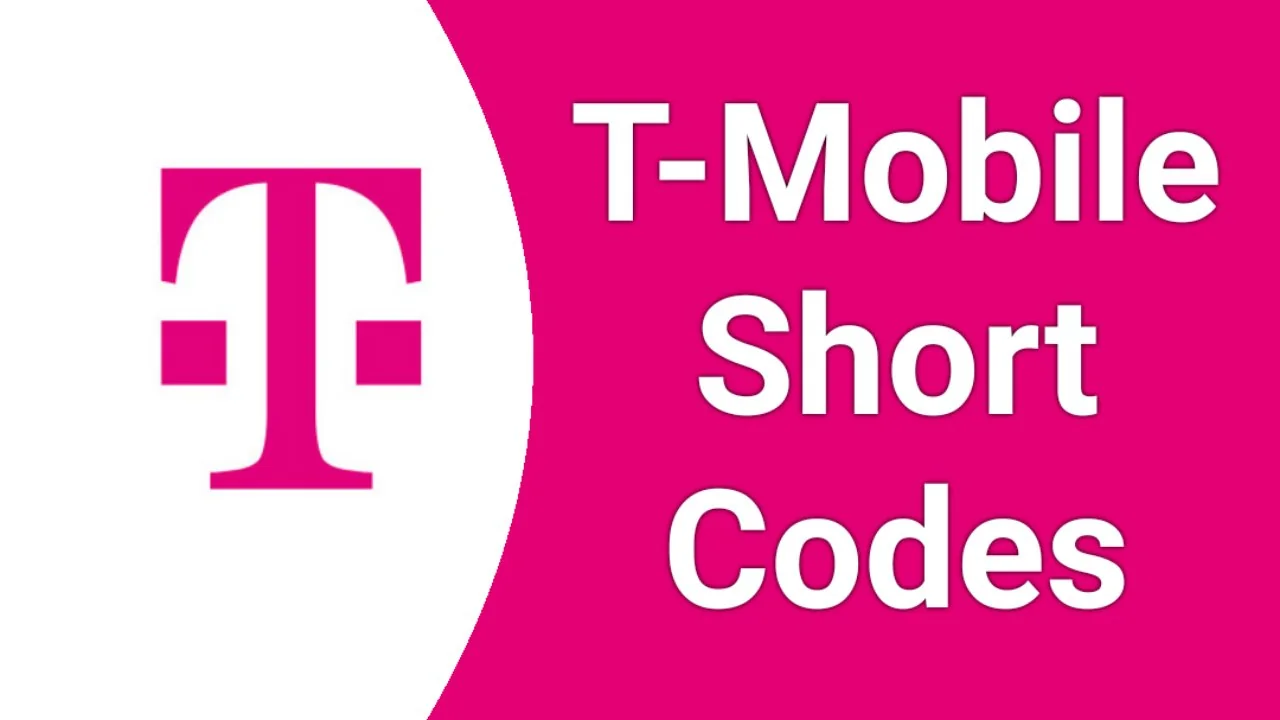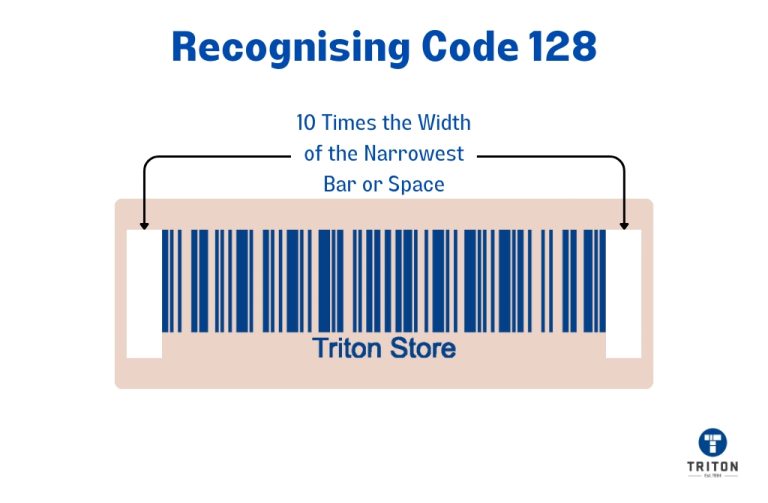The 128 code is a widely used barcode symbology that is highly versatile and efficient. It is capable of encoding a large amount of data, making it ideal for various applications, from retail and logistics to manufacturing and healthcare. In this article, we will delve into the intricacies of the 128 code, exploring its history, features, and applications.
Contents
Understanding the 128 Code
The 128 code is a one-dimensional barcode symbology that uses a variable-length code set to encode data. This means that the length of the barcode can be adjusted to accommodate different amounts of data. The 128 code is known for its high density, which allows it to store a significant amount of information in a small space.

Types of 128 Codes
There are three main types of 128 codes:
- Code 128A: This type is primarily used for ASCII characters.
- Code 128B: This type is used for extended ASCII characters and special symbols.
- Code 128C: This type is optimized for numeric data and is often used in applications that require high-density encoding.
Key Features of the 128 Code
- High Density: The 128 code can store a large amount of data in a small space, making it ideal for applications where space is limited.
- Versatility: The 128 code can be used to encode a wide range of data, including text, numbers, and special characters.
- Error Correction: The 128 code includes built-in error correction capabilities, which help to ensure that data is scanned accurately even if the barcode is damaged or dirty.
- Scalability: The length of the 128 code can be adjusted to accommodate different amounts of data, making it suitable for a variety of applications.
Applications of the 128 Code
The 128 code is used in a wide range of industries and applications, including:
- Retail: The 128 code is commonly used in retail applications, such as product labeling and inventory management.
- Logistics: The 128 code is used to track and manage shipments in the logistics industry.
- Manufacturing: The 128 code is used to identify and track products throughout the manufacturing process.
- Healthcare: The 128 code is used in healthcare applications, such as patient identification and medication tracking.
- Government: The 128 code is used by governments to track and manage various types of data.
Decoding the 128 Code
Decoding a 128 code involves identifying the specific type of 128 code being used and then interpreting the encoded data. This process can be complex and requires specialized software or hardware.
Conclusion
The 128 code is a versatile and efficient barcode symbology that has found widespread use in various industries. Its high density, versatility, and error correction capabilities make it an ideal choice for applications that require accurate and efficient data tracking. By understanding the key features and applications of the 128 code, you can appreciate its significance in the modern world.







